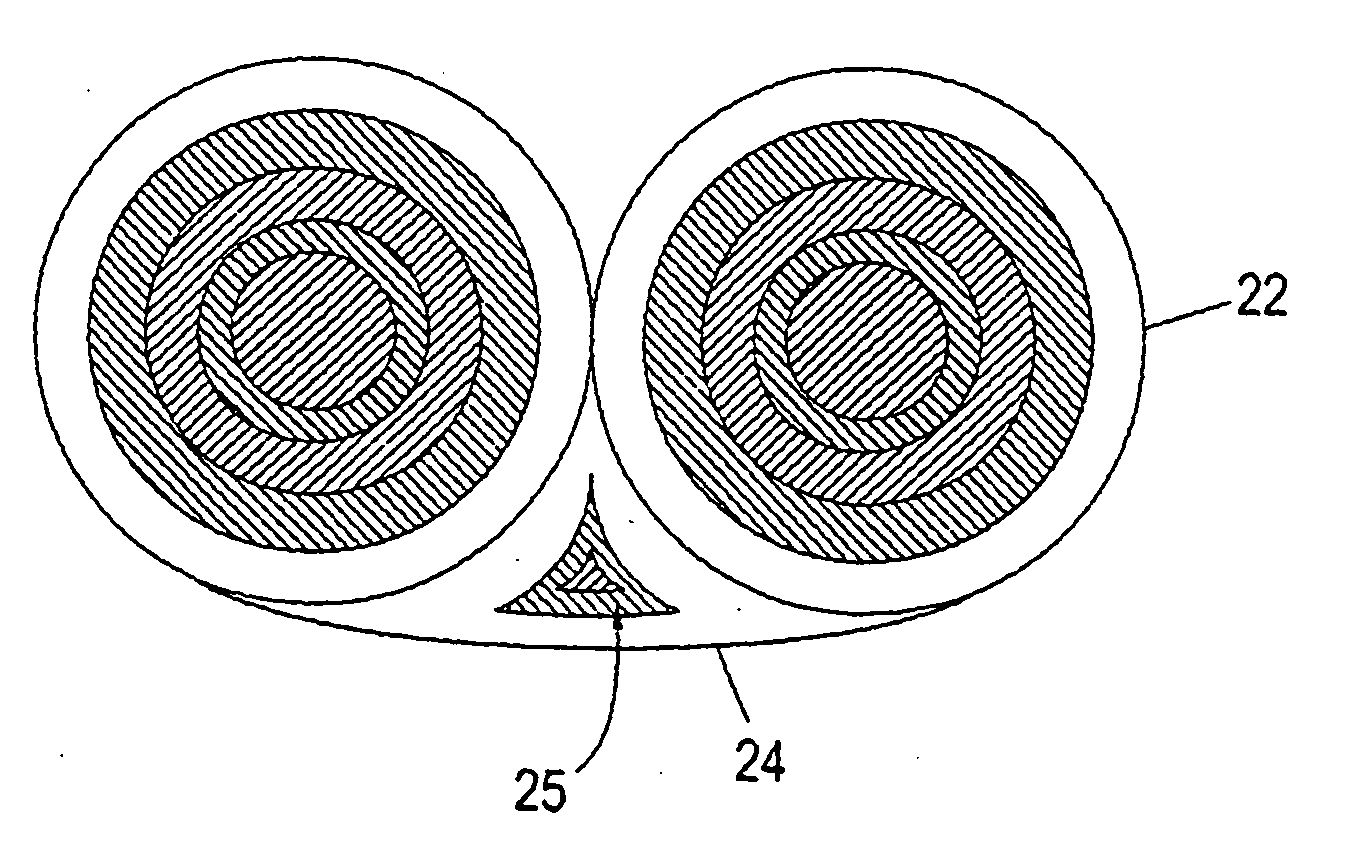Method and apparatus for treating renal disease with hemodialysis utilizing pulsatile pump
a technology of pulsatile pump and hemodialysis, which is applied in the field of treatment of end-stage renal disease (esrd) with hemodialysis, can solve the problems of blood/dialysate mismatch, reducing the exchange efficiency, and reducing the efficiency of exchange, so as to increase the transmembrane pressure, reduce the dead region, and increase the efficiency of transport
- Summary
- Abstract
- Description
- Claims
- Application Information
AI Technical Summary
Benefits of technology
Problems solved by technology
Method used
Image
Examples
example 1
In Vitro Analysis of Pulsatile Flow of Dialysate
[0029]In vitro dialysis experiments were conducted using a pair of pools filled with liquid and performing dialysis on these liquids. Experimental blood and dialysate circuits were created that each included a two-liter reservoir connected to a roller head pump (Sarns 7400 MDX, available from Sarns, Inc., Ann Arbor, Mich.). The roller head pump was connected to a dialysis filter, which was in turn connected to the two liter reservoir to form a closed loop. All connections were made with ⅜ inch plastic tubing.
[0030]For the control apparatus, the dialysis machine used was a Fresenius 2008H dialysis machine (available from Fresenius USA, Lexington, Mass.), which employs a relatively constant flow pump. The experimental system employed a Fresenius F7NR dialysis filter (available from Fresenius USA, Lexington, Mass.) and a Sarns roller head pump that operated at 50 cycles per minute and at a pulse pressure of 80 mm Hg.
[0031]For each system,...
example 2
[0034]The experimental apparatus used in Example 1 was employed again to perform dialysis on a dog with the following changes. A HB 500 filter was employed with the Century System III dialysis machine (both available from Gambro Corp., Lakewood, Colo.). Also, rather than tap water, a standard 3K dialysate was used to hemodialyze the dog. Pulsatile flow was induced in the blood subsystem with a roller head pump operating at 50 cycles / minute. In addition, both blood urea nitrogen (BUN) and creatinine levels were measured (BUN was measured with a Olympus AU640 instrument and creatinine was measured by a Jaffe assay).
[0035]The results of the procedure are shown in Tables 3 and 4 and FIGS. 4 and 5.
TABLE 3BUN LevelProcedureBaseline60 min120 minPost 30 minControl Dialysis110110 (0.0%)80 (27.3%)97Variable Speed Dialysis126 84 (33.3%)69 (45.3%)73% Greater Efficiency39.8%
TABLE 4Creatinine LevelProcedureBaseline60 min120 minPost 30 minControl Dialysis10.28.7 (14.7%)7.3 (28.5%)9.1Variable Speed...
PUM
 Login to View More
Login to View More Abstract
Description
Claims
Application Information
 Login to View More
Login to View More - R&D
- Intellectual Property
- Life Sciences
- Materials
- Tech Scout
- Unparalleled Data Quality
- Higher Quality Content
- 60% Fewer Hallucinations
Browse by: Latest US Patents, China's latest patents, Technical Efficacy Thesaurus, Application Domain, Technology Topic, Popular Technical Reports.
© 2025 PatSnap. All rights reserved.Legal|Privacy policy|Modern Slavery Act Transparency Statement|Sitemap|About US| Contact US: help@patsnap.com



